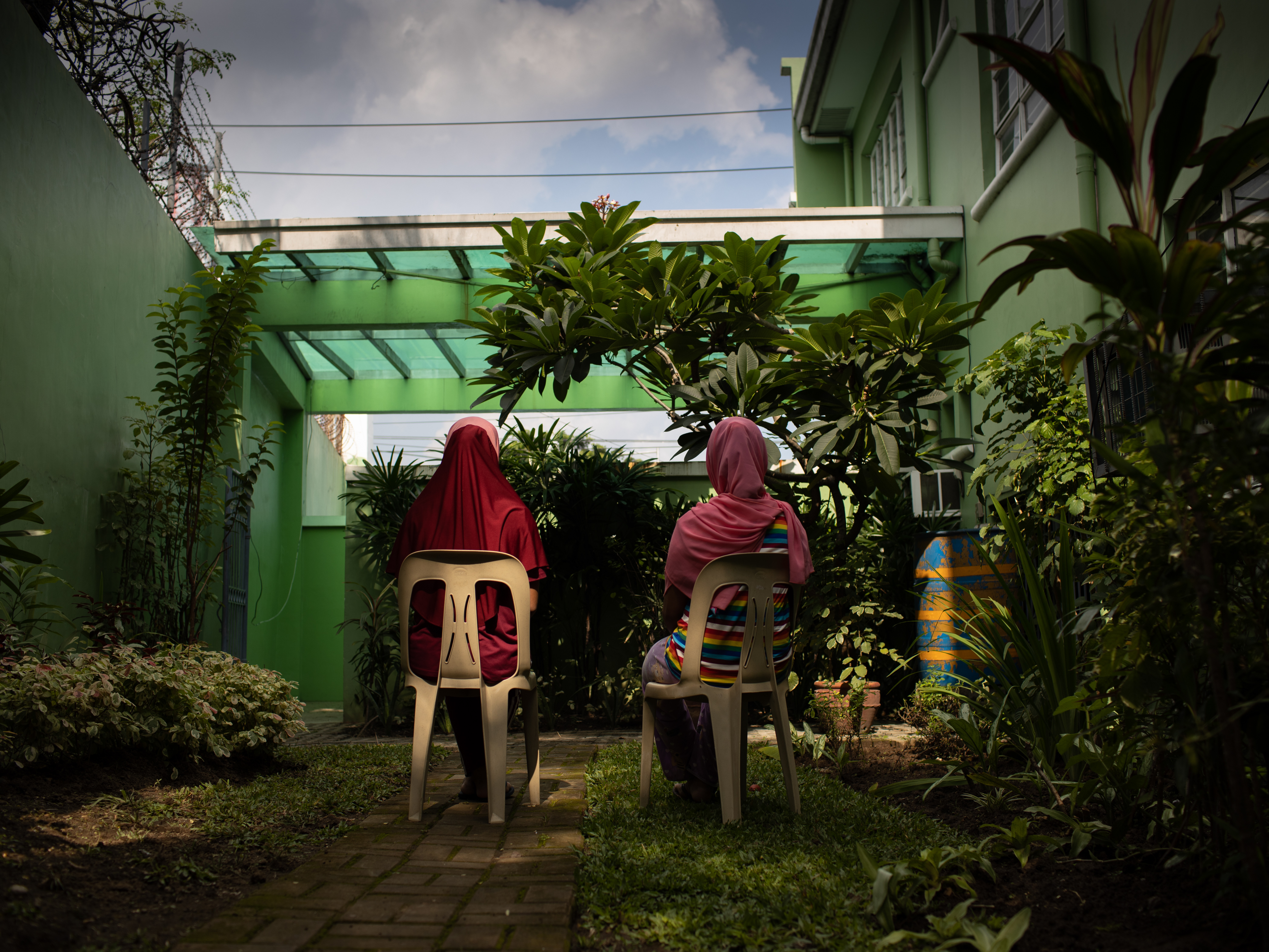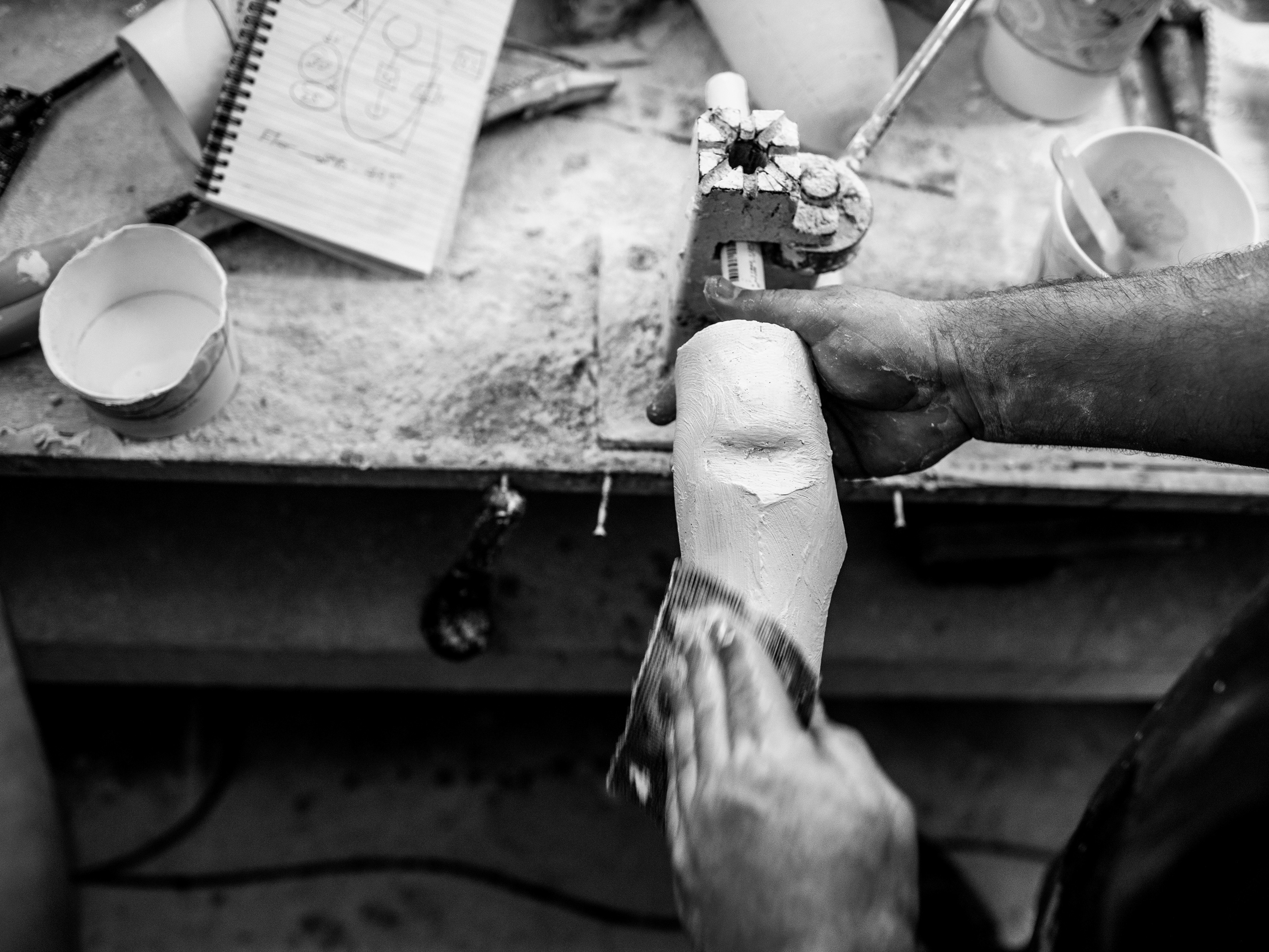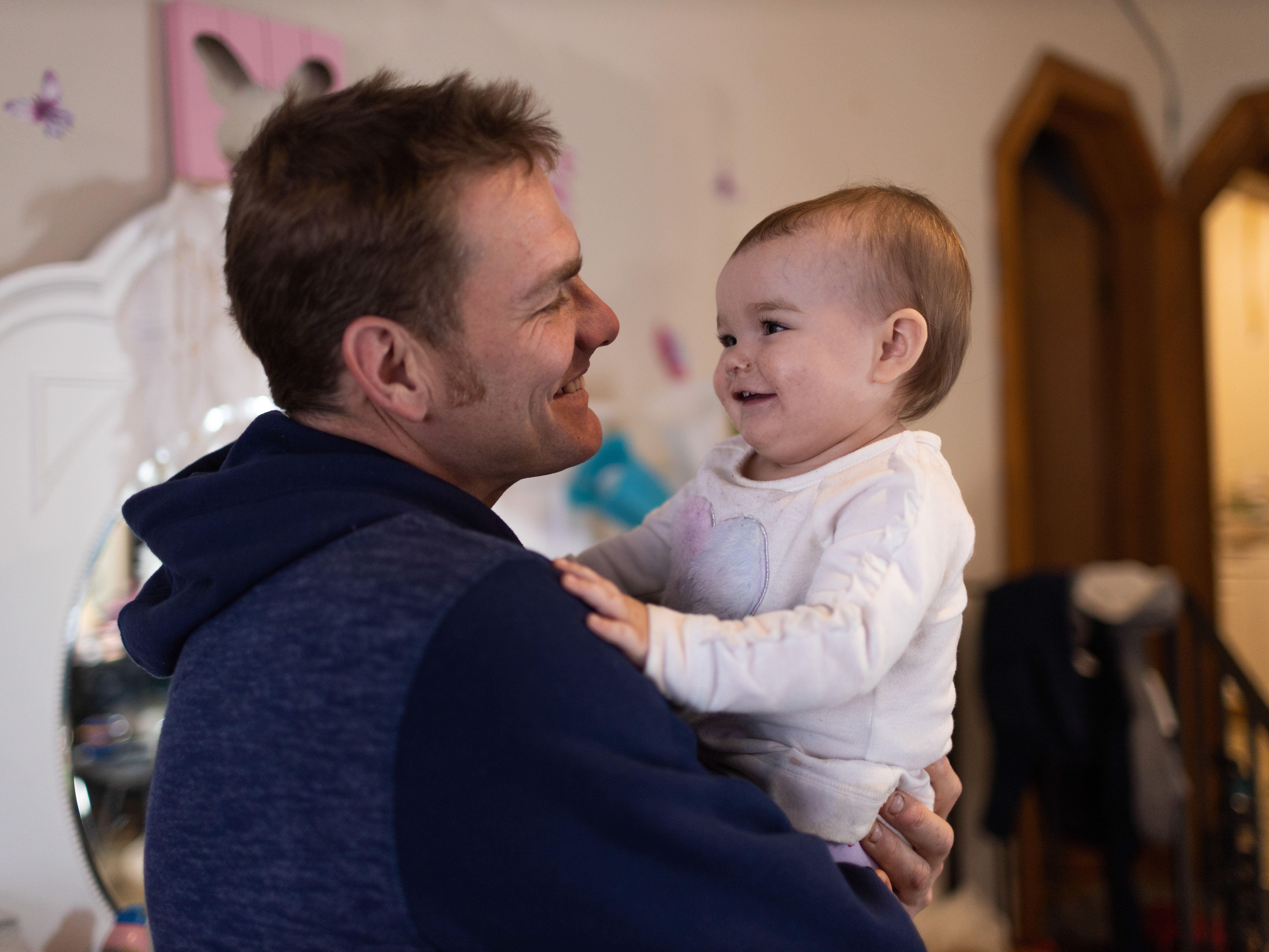According to the U.S. State Department, in the United States, traffickers compel victims to engage in commercial sex and work in both legal and illicit industries and sectors. Some of these include; hospitality, traveling sales crews, agriculture, janitorial services, construction, landscaping, restaurants, health and beauty services, peddling and begging, drug smuggling and distribution, religious institutions, child care and domestic work.
The majority of sex trafficking cases originate from carefully crafted efforts to target, groom and manipulate the most vulnerable members of our communities: people who are unemployed, runaway youths, young women with developmental disabilities, and adults and youths dealing with addiction or mental health challenges.
Across the United States, most sex trafficking does not involve shipping victims to and from international locales — it happens locally. In urban, suburban and rural parts of the country, sex and labor exploitation occur in apartments, private homes, upscale hotels, motels and a variety of businesses. Many victims don’t report their victimization out of fear of losing their job, deportation or retribution.
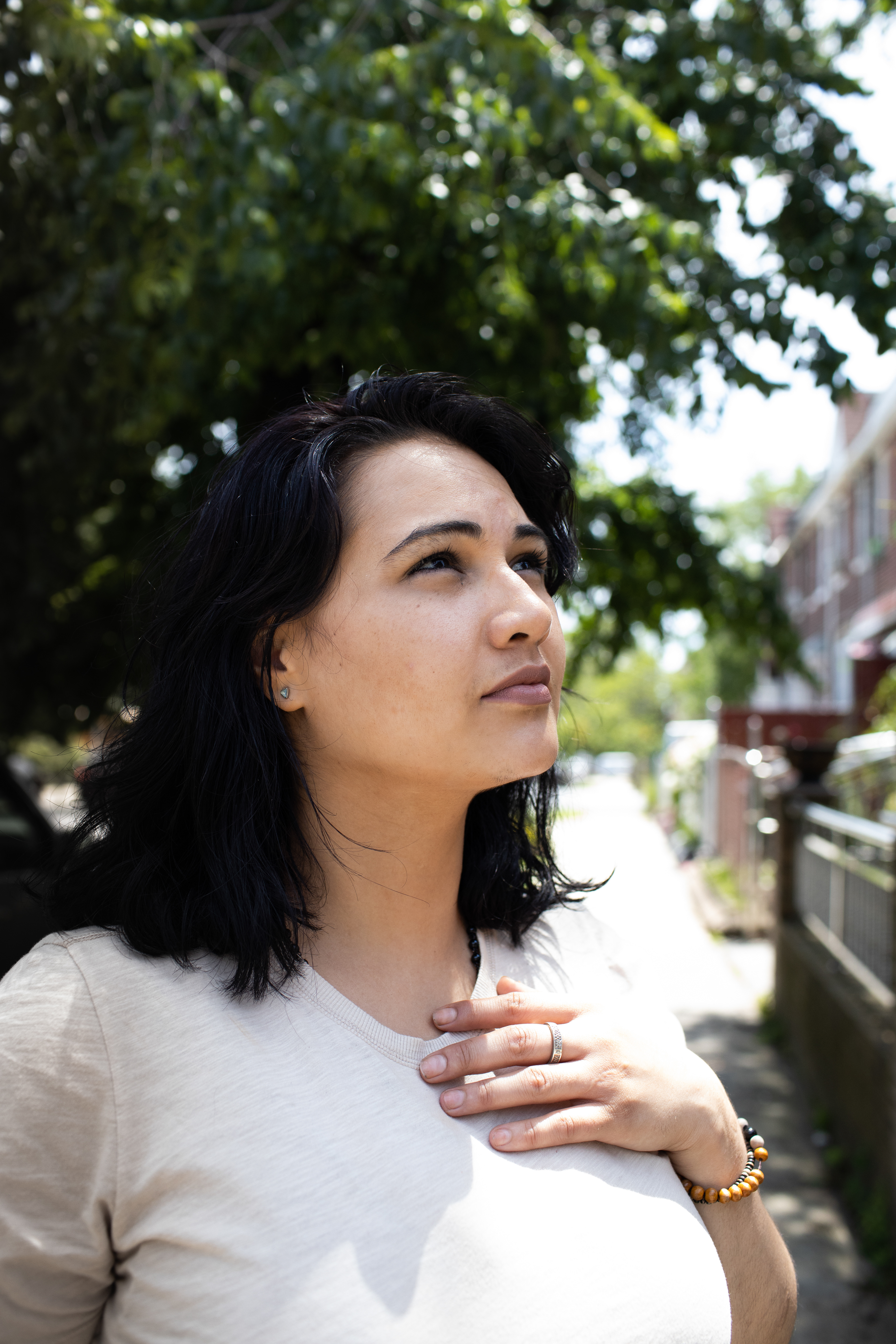

Patricia Munoz was born in Honduras. At age 3, she and her mother moved to the United States. She grew up in group homes and describes her upbringing as, “abusive and l never felt wanted as a child.” At 18, Patricia was lured by a man on the promise of a stable job, but was sexually exploited instead. In August 2017 she began her healing and in March of this year, Patricia moved into a transitional home and participates in a culinary arts program for survivors of gender based violence, specifically human trafficking.
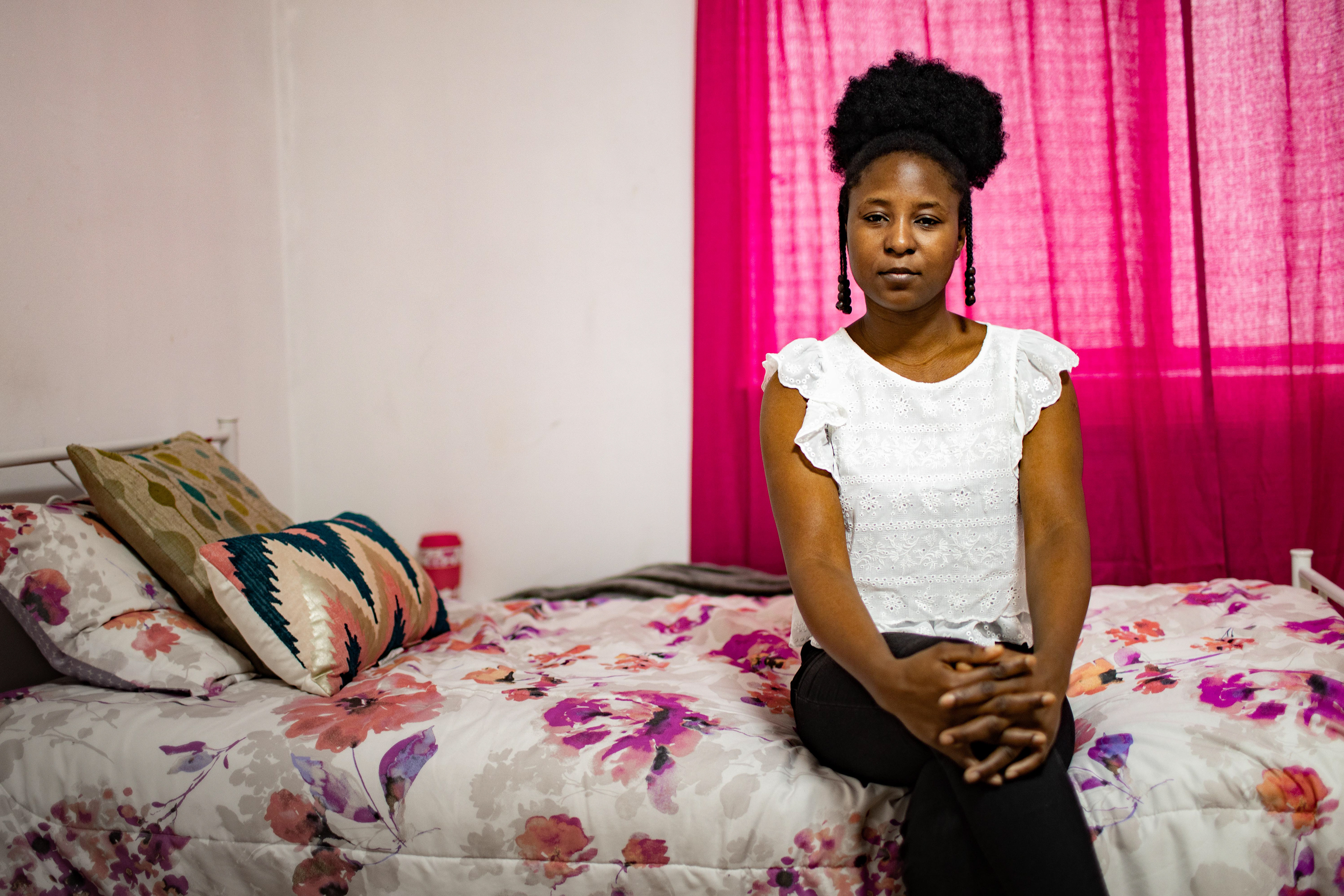
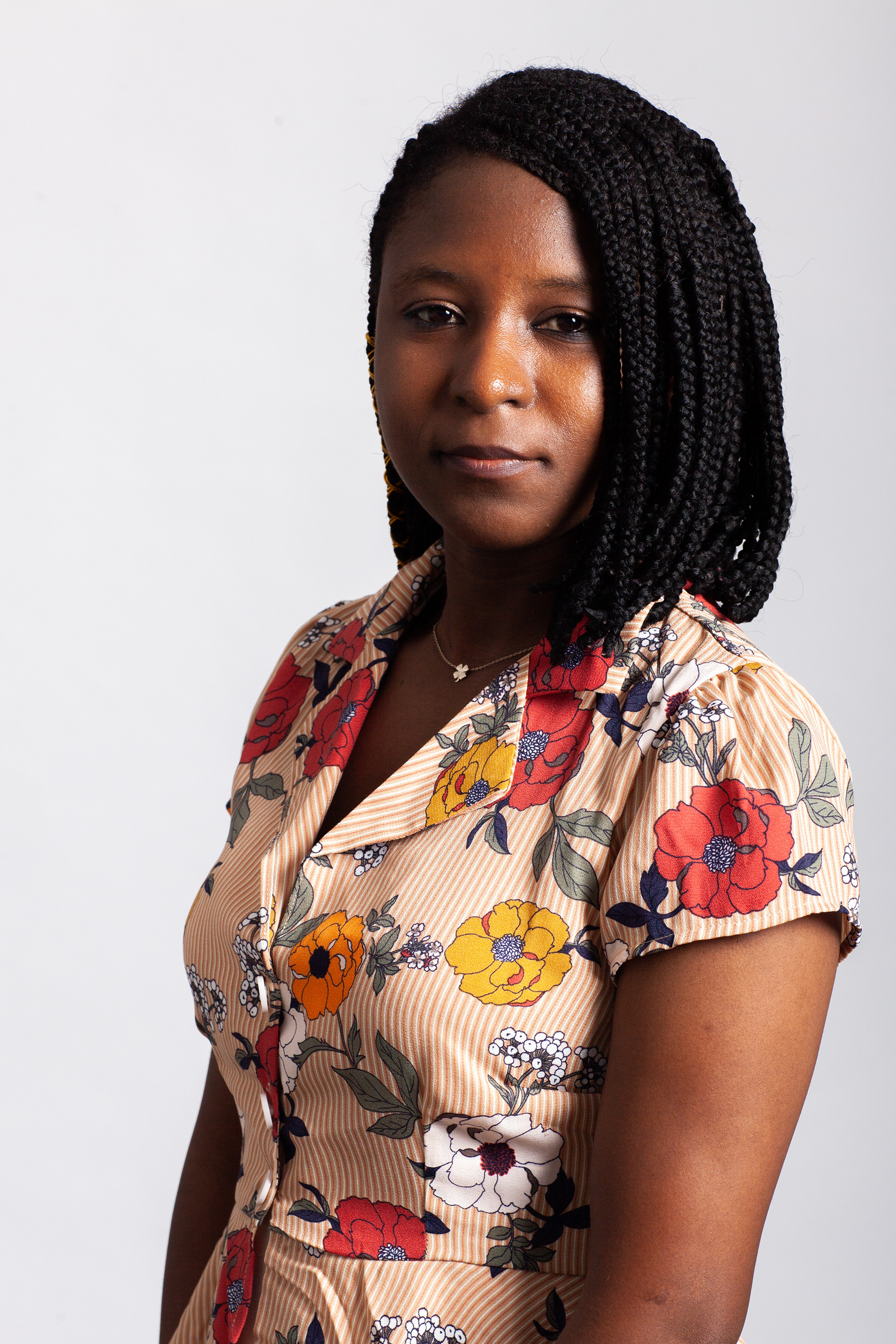
Fatoumat, a West African from the Ivory Coast, trafficked into the United States with a diplomat by from her county She was employed to work as the family nanny. After working for the family for five years without pay she found the courage to run away. “One day Fatoumat decided to tell the family that enslaved her she was going out for milk. In that moment she felt determined never to return. Fatou was frightened, as she didn’t know anyone and didn’t speak English, thankfully she was able to connect with a non-profit working to assisting survivors of human trafficking. In 2018, Fatou successfully completed a Culinary Arts Program, where she learned to cook and to acquire management skills. “I want to share my story to help others understand that human trafficking is happening all around you.”
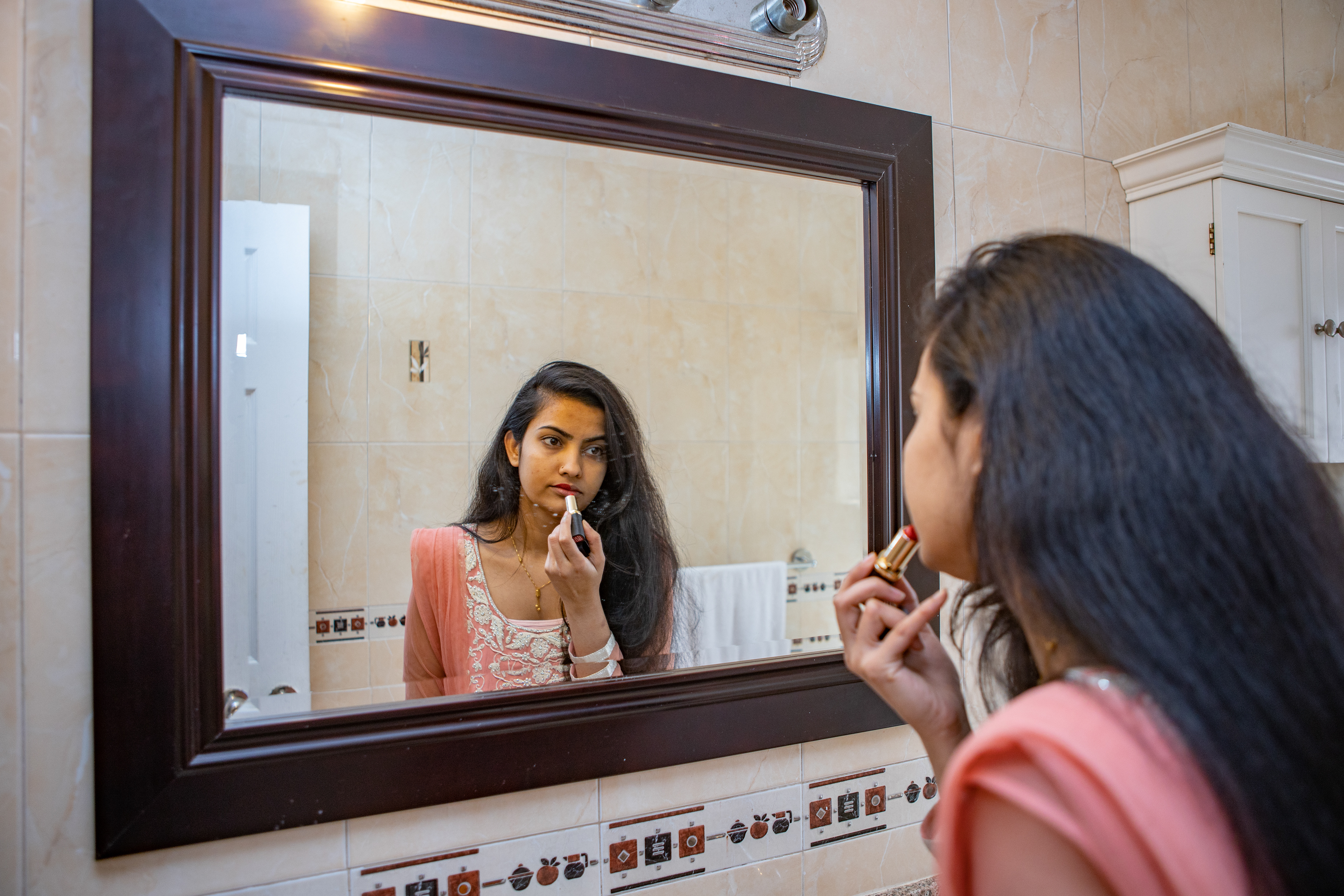
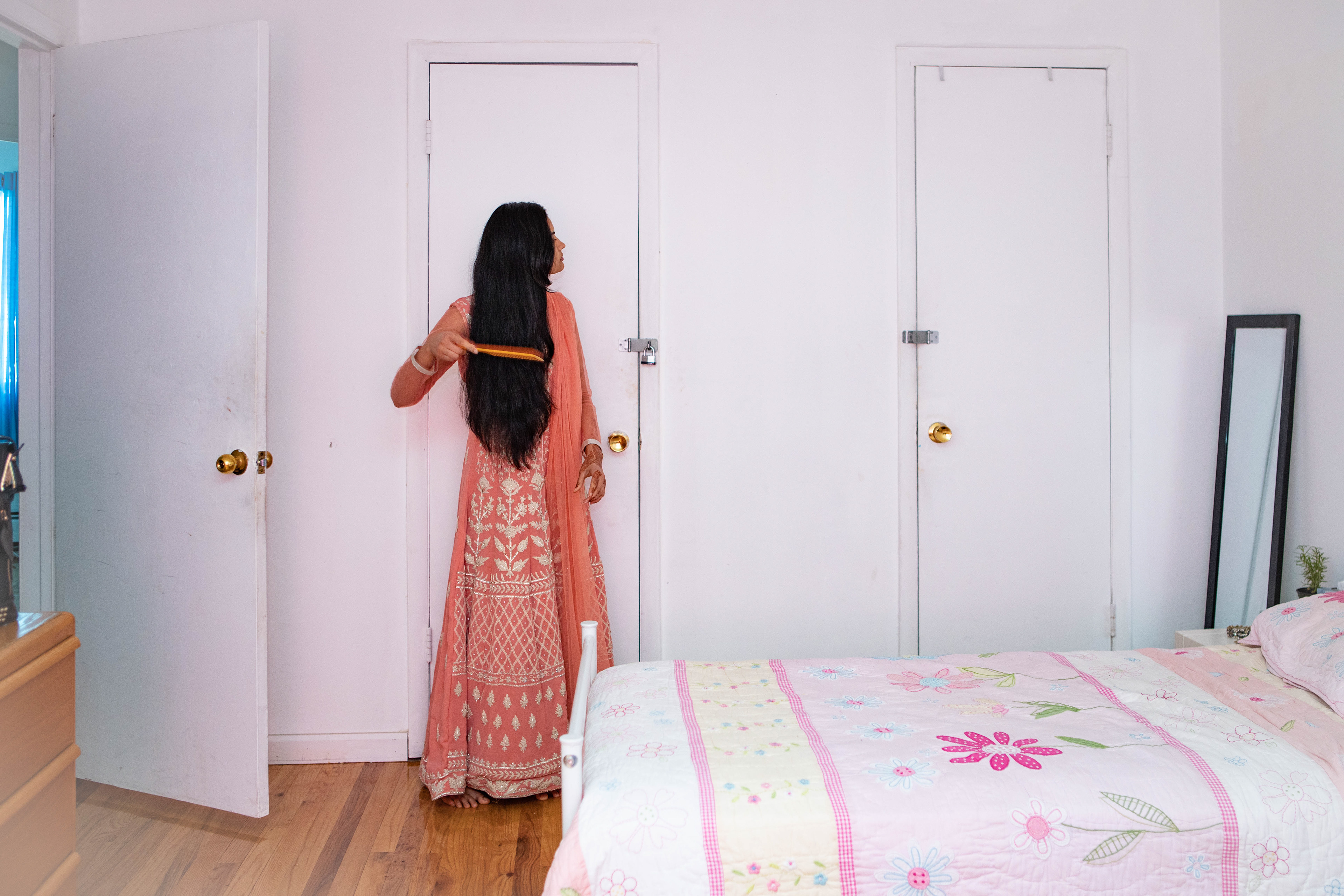

“Before arriving in the US, I dreamed of learning English, attending college, and integrating into American culture. But unfortunately, my husband and his family had different plans for me. Instead, I was forced to cook and clean for him and his family. I felt trapped. I knew very little about navigating the city, and had a longing to better myself through a college education. I was lucky to find a caseworker who understood my situation. I want to study social work because I know there are many women entrapped in forced marriage, like I was, who do not know their rights. I want to be able to help them be free. No one should live a life without dignity and personal freedom.” Mousome is 24. At 19, abiding by perceived cultural and religious norms Mou was sent to the US by her family from Bangladesh to get married but soon found herself working for her husband’s family under subtle psychological pressure.
The UN views forced marriage as a form of human rights abuse, since it violates the principle of the freedom and autonomy of individuals. The Universal Declaration of Human Rights states that a person's right to choose a spouse and enter freely into marriage is central to his/her life and dignity and his/her equality as a human being.
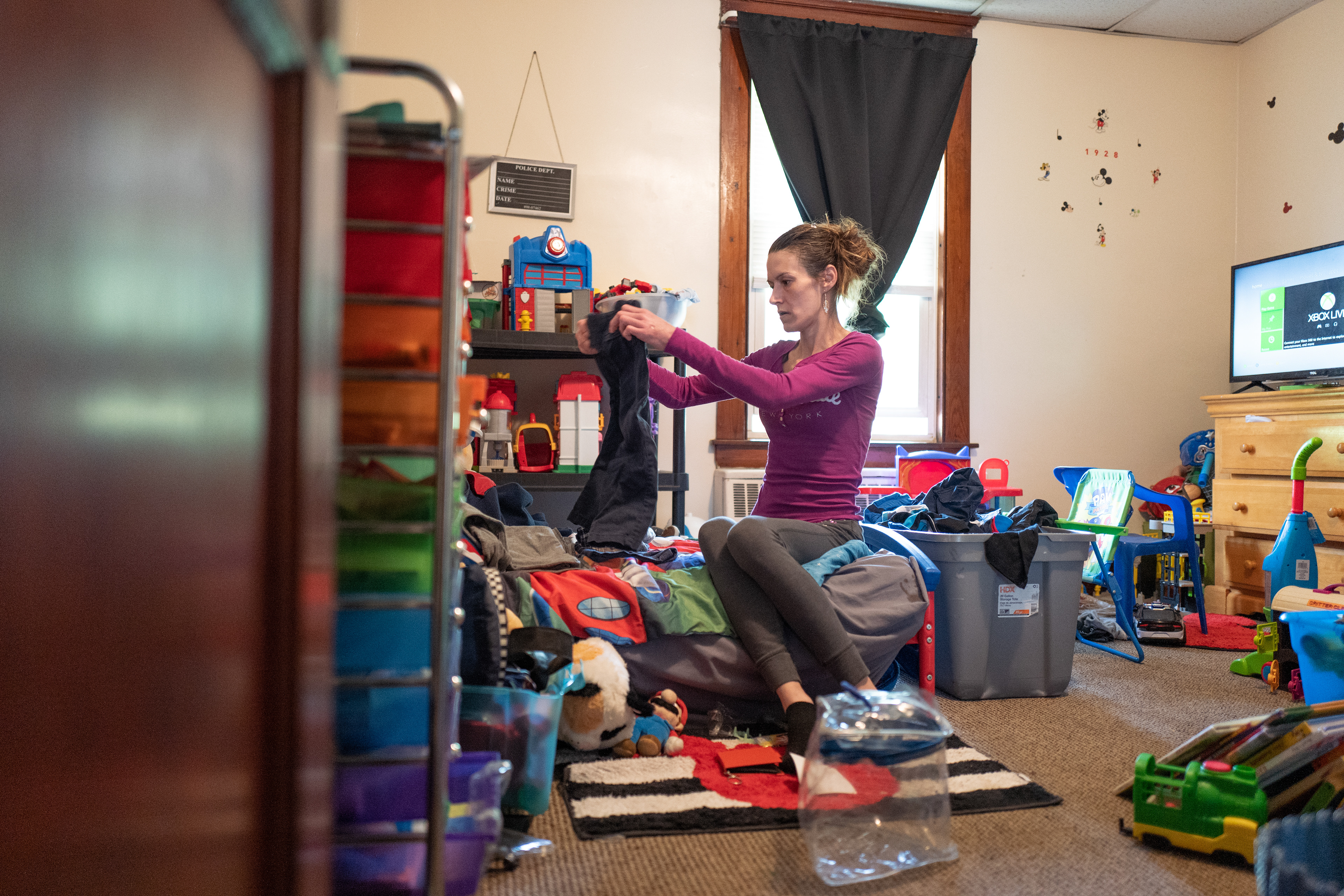
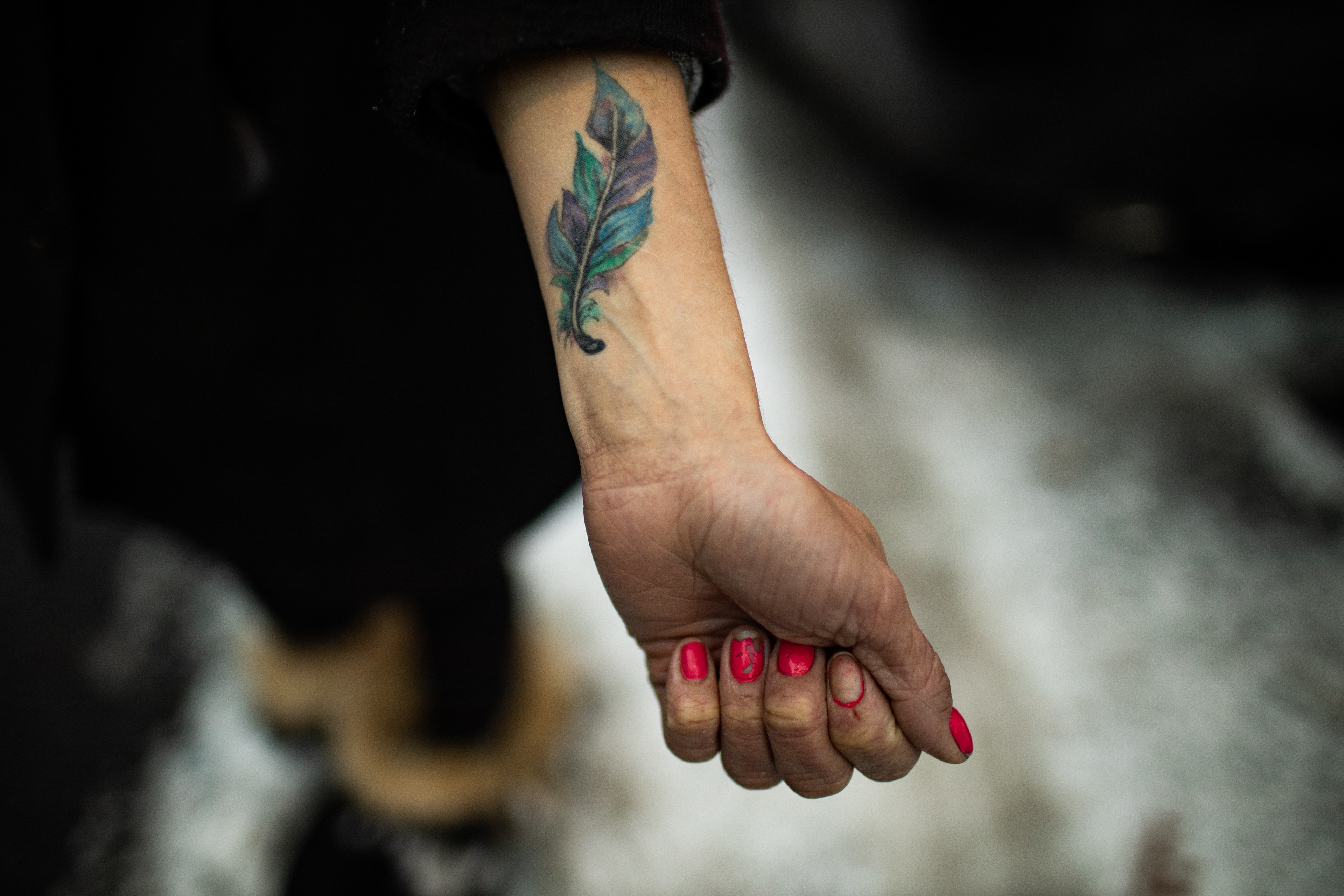

Trafficked into ‘the life’ at just 23 years old US survivor , Cary Stuart spent the next 7 years isolated, beaten, drugged, and moved between states, forced to sell herself night after night to meet the quotas set by her pimps. Despite enduring the most difficult of circumstances, Cary emerged from the horrors of trafficking strong and determined to rewrite her story.
To read more about Cary's Story
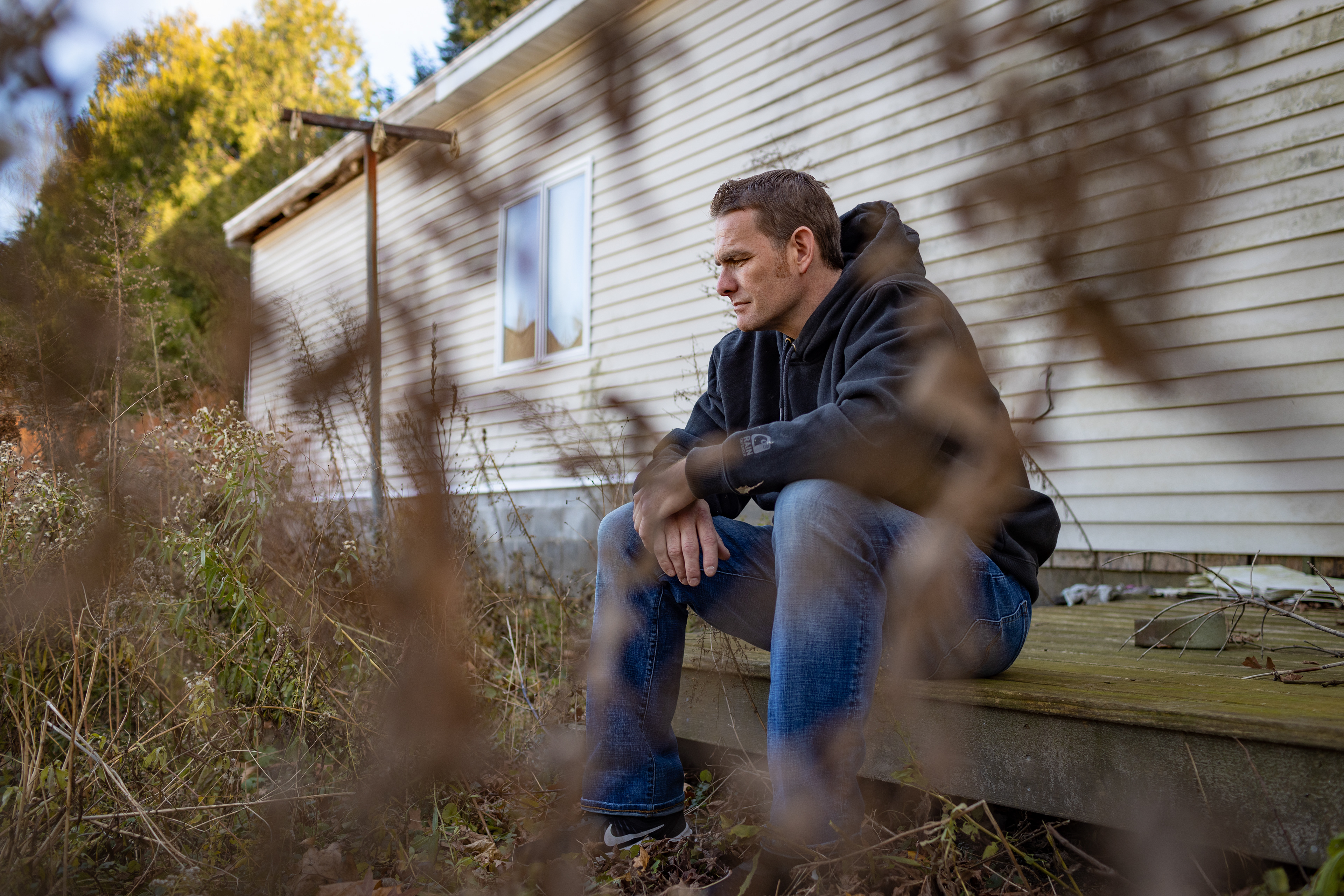
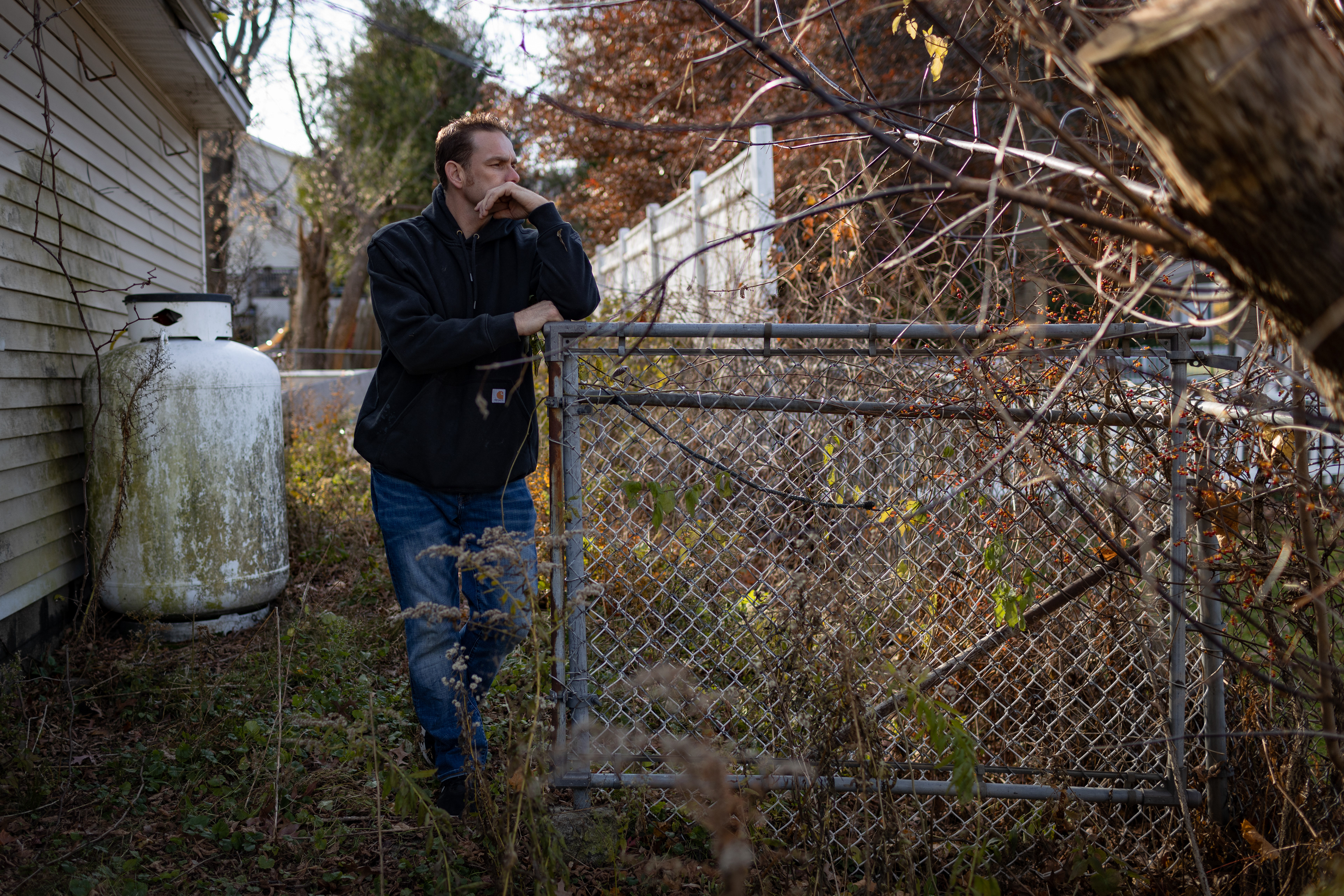
Common depiction of trafficking victim might make us think that trafficking only happens to young, foreign, and female victims. In 2020, boys made up 7% of child sex trafficking victims reported by the National Center for Missing and Exploited Children (NCMEC). The range of estimates comes down to underreporting, and the underreporting comes down to stigma. This is a problem because as organizations try to raise the alarm on sex trafficking and sexual exploitation, support services may continue to be in low supply for male victims simply because many people do not realize how they are involved and victimized.
Pictured: Jason poses for a portrait at his home in Maine, US. He was trafficked after being coerced by someone he thought he could trust. He says, he has never shared his story before today due to the fear that no one would believe him.
Anyone can be trafficked, regardless of gender.

